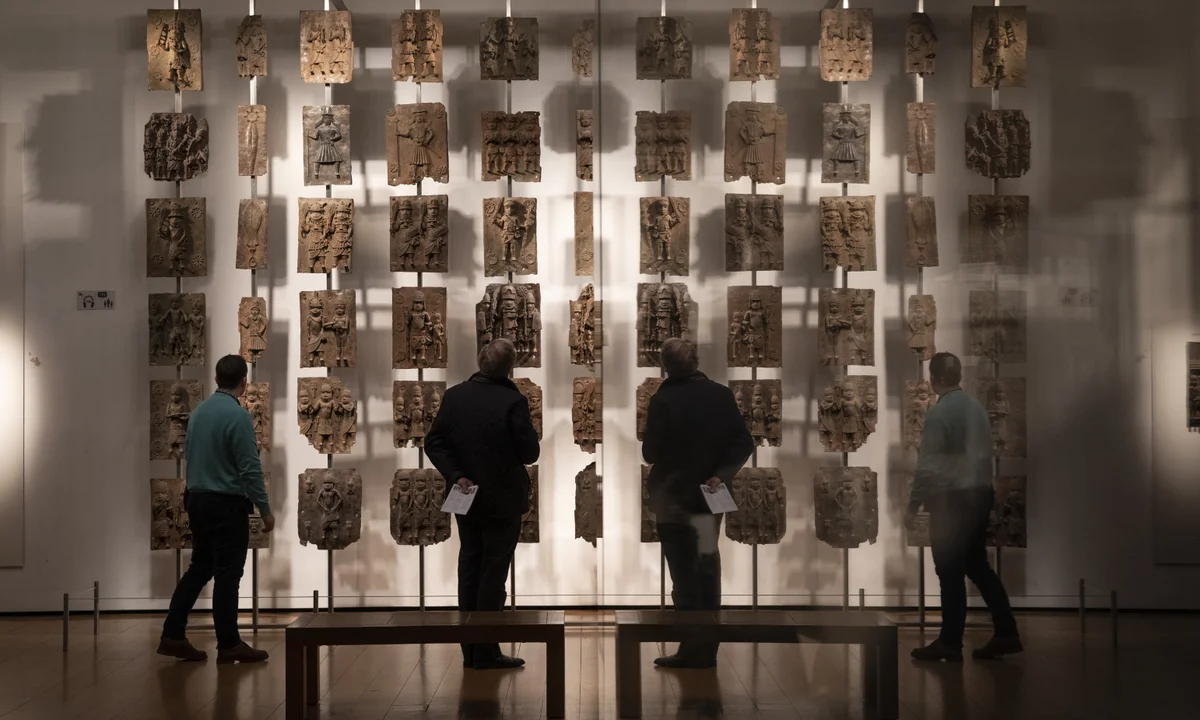Cleaning is crucial for heritage sites. The teams who work there play a vital role in preserving and protecting the artefacts, communal areas and the site as a whole.
Landmark sites are not only of architectural importance, they are also living records of history. They carry stories, traditions and artistry that define cultures and communities.
Why Cleaning Is Essential
Heritage sites often contain fragile materials such as stone, wood, fabric and metals. These are highly vulnerable to pollutants, moisture and general wear. Skilled cleaning ensures these materials remain intact for future generations and supports wider conservation efforts.
By carefully removing harmful contaminants such as dust, dirt, mould and atmospheric pollutants, cleaning teams reduce the risk of long term structural or surface damage. Without ongoing and careful cleaning, the natural ageing process, human interaction and environmental factors could all lead to deterioration.
Restoration and Protection
A proactive cleaning approach helps prevent both internal and external damage. This includes risks linked to pollution, environmental exposure, vandalism, neglect, moisture and everyday wear from visitors.
Through specialist techniques and detailed planning, cleaning teams safeguard the long term condition of heritage buildings and the artefacts they house.
Meeting Visitor Expectations
A well kept site shows visitors that there is a high level of respect for historic surroundings and that their money is well spent. Guests expect real historic artefacts that have been taken care of to the highest standards.
Visitors also want their own needs to be met. Clean sanitised facilities, litter free communal areas and well maintained environments make a site feel comfortable and enjoyable. These details influence the overall visitor experience and reinforce the reputation of the landmark.
Compliance Standards
Cultural landmarks must meet important compliance standards, many of which are driven by UK legislation such as the Planning (Listed Buildings and Conservation Areas) Act 1990. Compliance also involves securing Listed Building Consent from the local planning authority for any alterations, as well as adhering to fire safety and accessibility laws.
Key compliance requirements include:
- Planning (Listed Buildings and Conservation Areas) Act 1990: This act provides protection for buildings of special architectural or historic interest and requires consent for any alterations that might affect their character.
- National Planning Policy Framework (NPPF): A vital guide for local authorities which stresses the importance of preserving historic significance while balancing sensitive alterations to meet modern standards.
- Equality Act 2010: This requires heritage sites to ensure equal access for all visitors including people with disabilities
- Building Regulations: These are legal standards which govern construction standards for health, safety and welfare and apply to new construction, extensions and renovations.
- Environmental Standards: Regulations regarding the thermal efficiency, ventilation and the use of traditional materials when working with features such as heritage windows.
Cleaning partners need to be aware of these standards so that their work never interferes with compliance. For example, cleaning teams can enhance accessibility by introducing washroom solutions that meet diverse needs such as accessible waste areas and accessible soap dispensers.
Sustainability
Sustainability is central to cultural preservation. Heritage landmarks symbolise longevity and continuity and cleaning solutions should reflect this by protecting the site while minimising environmental impact.
Collaboration and Focus Groups
Effective and sustainable cleaning practices are best achieved through collaboration. Focus groups bring together heritage bodies, site representatives and cleaning teams to share knowledge and shape best practice.
By involving heritage ESG members, focus groups gain insight into the specific historical, architectural and cultural significance of each site. This ensures that cleaning strategies support wider conservation plans and long term goals.
Responsible Products and Techniques
Using general cleaning methods on heritage sites can pose hidden risks. When cleaning heritage sites, it is vital that chosen products and techniques do not compromise the aesthetics or integrity of the site.
We work with organisations that produce responsible alternatives including:
- Amplify Goods RE:MIND: A naturally derived luxury range of hand and body care products.
- BioHygiene: Biotech-based cleaning agents.
These options protect both the site and its visitors while maintaining authenticity.
Sustainable practices also extend to reducing waste, conserving water and using energy efficient equipment. Examples include:
- Weightron Systems: A flexible tool which provides users with real-time granular, accurate and detailed waste data.
- NANDO Waste Management: An innovative waste recognition system.
By combining responsible products with collaborative practices, cleaning contributes positively to both cultural preservation and environmental stewardship.
Safeguarding History for the Future
Cleaning plays a role far beyond surface level maintenance. It is about preserving authenticity, protecting access and ensuring that heritage sites remain inspiring for future generations. By focusing on sustainability, compliance and specialist care, cleaning teams support the long term future of some of our most treasured cultural landmarks.
Let us help preserve your cultural landmark today
For more information about how we can work together to preserve and protect your heritage site, email our friendly team today at helpdesk@doccleaning.com.
